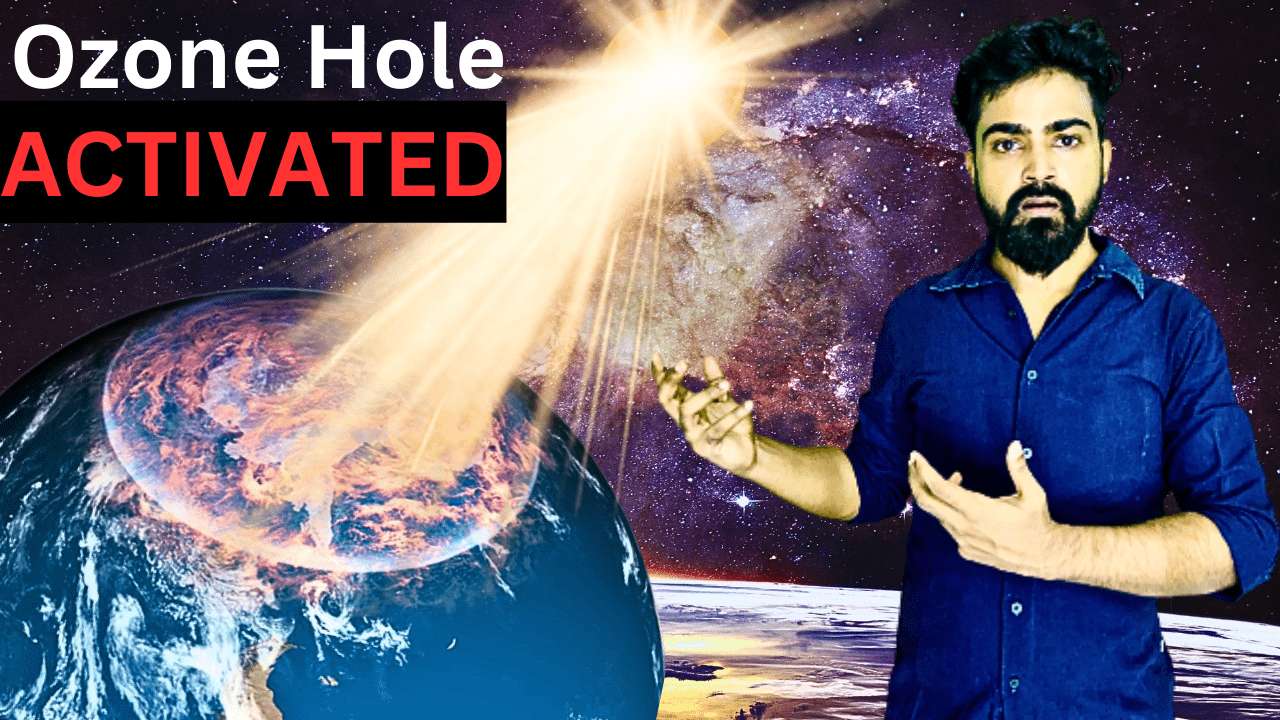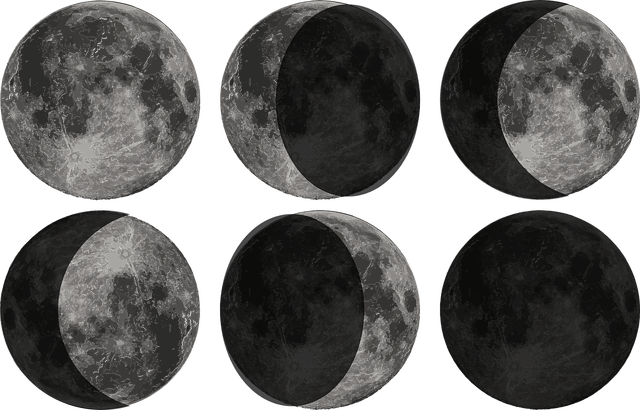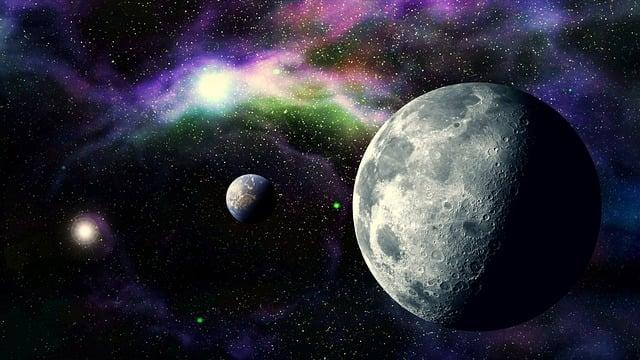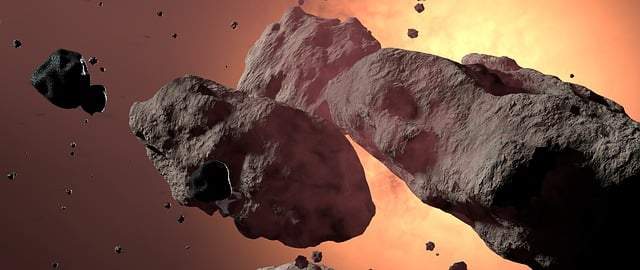Earth layer Our Earth is surrounded by layers such as the troposphere, stratosphere, mesosphere, thermosphere, and exosphere. The troposphere is the lowest layer in our Earth’s atmosphere, meaning it is closest to us, and it has an impact on our weather and climate. Above the troposphere is the stratosphere, which protects us from harmful ultraviolet (UV) radiation. The air movement in this layer is relatively slow. Beyond the stratosphere, we find the mesosphere, where temperatures are low, and meteorites and shooting stars burn up. The mesosphere has low pressure and serves as a protective barrier between space and Earth. Above […]
Category: Space
You must be aware that recently we Indians have achieved what until now few countries attempted but couldn’t succeed in. That is, no country had successfully landed on the south pole of the moon until now. On August 23, 2023, India’s Chandrayaan 3, at 6:02 AM, achieved a successful landing on the southern pole of the moon. This accomplishment has propelled India’s name further in the global arena of science and technology. This achievement is not only going to benefit India financially but also signifies a significant step forward. Moreover, following the successful lunar landing of Chandrayaan 3, India has […]
Aditya L1 Mission :- ISRO is sending satellite on SunRead More »
Uncovering the Mysteries of Mars Seismic waves are vibrations that can travel through the inside of a planet, just like they do on Earth. By detecting and analyzing these waves on Mars, scientists are learning more about the planet’s internal structure and how it formed. This is important because it helps us better understand how planets form and evolve, and whether or not they could support life. The use of seismic waves to study Mars is an exciting development in planetary science, as it has the potential to revolutionize our understanding of not just Mars, but other planets as well. […]
The Heart of Mars: Seismic Waves Reveal the Red Planet’s Inner SecretsRead More »
Understanding the Phases of the Moon The moon has fascinated humanity since the beginning of time. It has been the subject of countless myths, legends, and scientific studies. However, for many people, the phases of the moon can be confusing. In this beginner’s guide, we’ll take a closer look at the phases of the moon, what causes them, and how to observe them. What are the Phases of the Moon? The moon goes through different phases as it orbits around the Earth. These phases are determined by the angle between the sun, Earth, and the moon. As the moon orbits […]
Overview | Lunar Phases of the Moon | ScitechVentureRead More »
What if Earth was an Exoplanet As humans, we have always been fascinated by the possibility of life beyond our planet. In recent years, advancements in technology have allowed us to discover thousands of exoplanets, planets that orbit stars outside our solar system. But have you ever wondered what would happen if we were to discover a planet just like our own Earth? Imagine for a moment that Earth was just another exoplanet, orbiting a distant star. How would we perceive our own planet if we saw it through the lens of exoplanet research? Would we be able to recognize […]
Discovering Exoplanets: A Journey Beyond Our Solar System Have you ever looked up at the night sky and wondered what lies beyond our own solar system? For decades, scientists have been fascinated by the possibility of discovering planets beyond our own, known as exoplanets. In recent years, with advancements in technology and new methods of detection, the search for exoplanets has intensified, leading to the discovery of thousands of these distant worlds. Exoplanets are planets that orbit stars outside of our solar system. These planets come in all shapes and sizes, from gas giants larger than Jupiter to rocky, Earth-like […]
The Exoplanet Revolution:- The Search for Life Beyond EarthRead More »
The Moon: An Overview of Its Formation and Characteristics The Moon, a celestial body that has fascinated humans for centuries, is the Earth’s only natural satellite. Understanding its formation and characteristics can provide insight into the evolution of our solar system. In this blog, we will explore the formation and features of the Moon, using an active voice to bring the subject to life. Scientists believe that the Moon formed about 4.5 billion years ago, shortly after the birth of the solar system. The most widely accepted theory is that a Mars-sized object collided with Earth, throwing debris into space, […]
Overview | Moon :- Formation, Characteristics, FactsRead More »
What Are Meteors and How Do They Form? Are you ready to explore the fascinating world of meteors? Meteors are celestial bodies that have captured the imagination of people for centuries. These blazing streaks of light that we see in the night sky are not only a sight to behold but also hold important clues about the formation of our solar system. In this beginner’s guide, we will delve into the basics of meteors, their origins, and how they are formed. Meteors, also known as shooting stars, are streaks of light that appear in the night sky when small celestial […]
Overview | Meteoroids :- Exploring the Wonders | ScitechVentureRead More »
Introduction to Comets Comets are one of the most fascinating objects in our Solar System. They are icy bodies that orbit the Sun and provide valuable insights into the formation and evolution of our Solar System. In this blog post, we will take a closer look at comets, their anatomy, types, and their significance. Anatomy of Comets Comets have a unique anatomy that sets them apart from other objects in our Solar System. They consist of a small, solid, icy core called the nucleus, which can be as small as a few meters or as large as tens of kilometers […]
Overview | Comets :- Exploring Mysterious Secrets | ScitechVentureRead More »
Exploring Europa: The Frozen Moon of Jupiter Europa, one of Jupiter‘s largest moons, has long fascinated astronomers and space enthusiasts alike. With its icy surface and potential for harboring life, Europa has become a prime target for exploration and scientific investigation. Scientists believe that Europa’s surface is made up of a layer of ice, beneath which lies a vast subsurface ocean. This ocean is thought to be in contact with a rocky seafloor, making it an ideal environment for life to thrive. The presence of liquid water, essential for life as we know it, has made Europa a top priority […]
Overview | Europa Moon :- Solar System ExplorationRead More »











